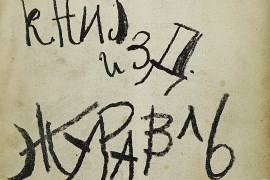Livre | Chapitre
The plight of the sense-making ape
pp. 81-104
Résumé
This is a selective review of the published literature on object-choice tasks, where participants use directional cues to find hidden objects. This literature comprises the efforts of researchers to make sense of the sense-making capacities of our nearest living relatives. This chapter is written to highlight some nonsensical conclusions that frequently emerge from this research. The data suggest that, when apes are given approximately the same sense-making opportunities as we provide for our children, they will easily make sense of our social signals. The ubiquity of nonsensical contemporary scientific claims to the effect that humans are essentially — or inherently — more capable than other great apes in the understanding of simple direc- tional cues is, itself, a testament to the power of pre-conceived ideas on human perception.
Détails de la publication
Publié dans:
Cappuccio Massimiliano, Froese Tom (2014) Enactive cognition at the edge of sense-making: making sense of non-sense. Dordrecht, Springer.
Pages: 81-104
Citation complète:
Leavens David A., 2014, The plight of the sense-making ape. In M. Cappuccio & T. Froese (eds.) Enactive cognition at the edge of sense-making (81-104). Dordrecht, Springer.










